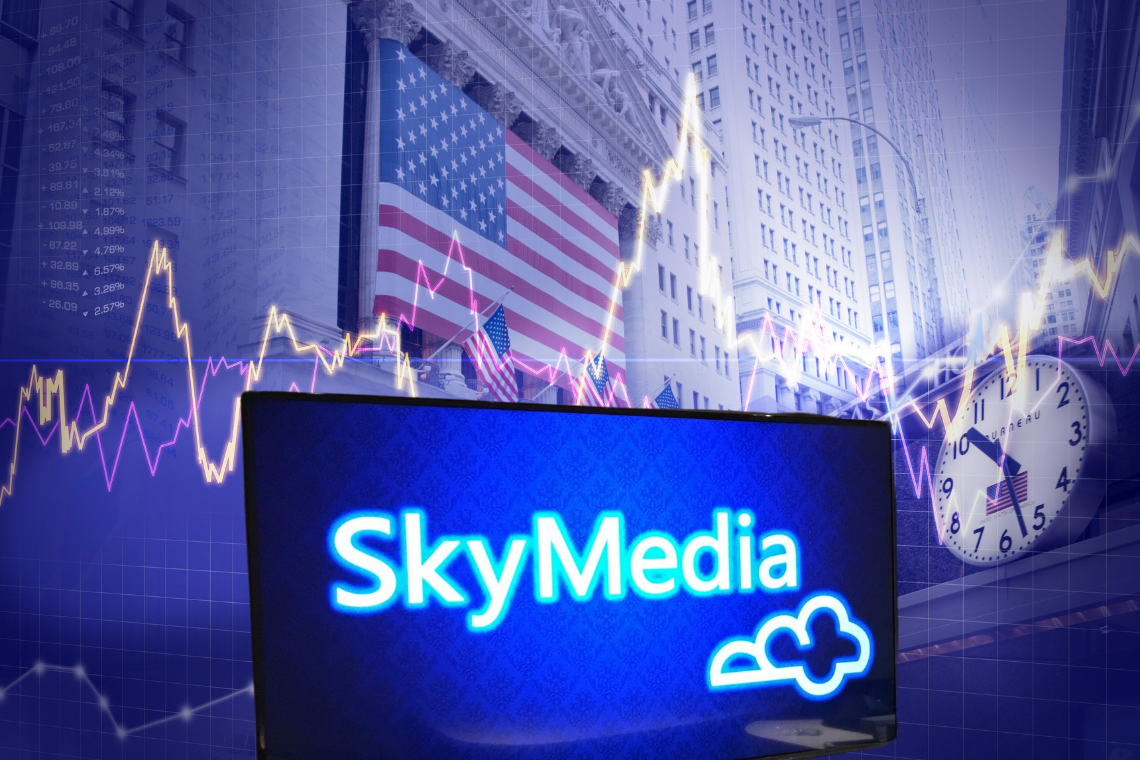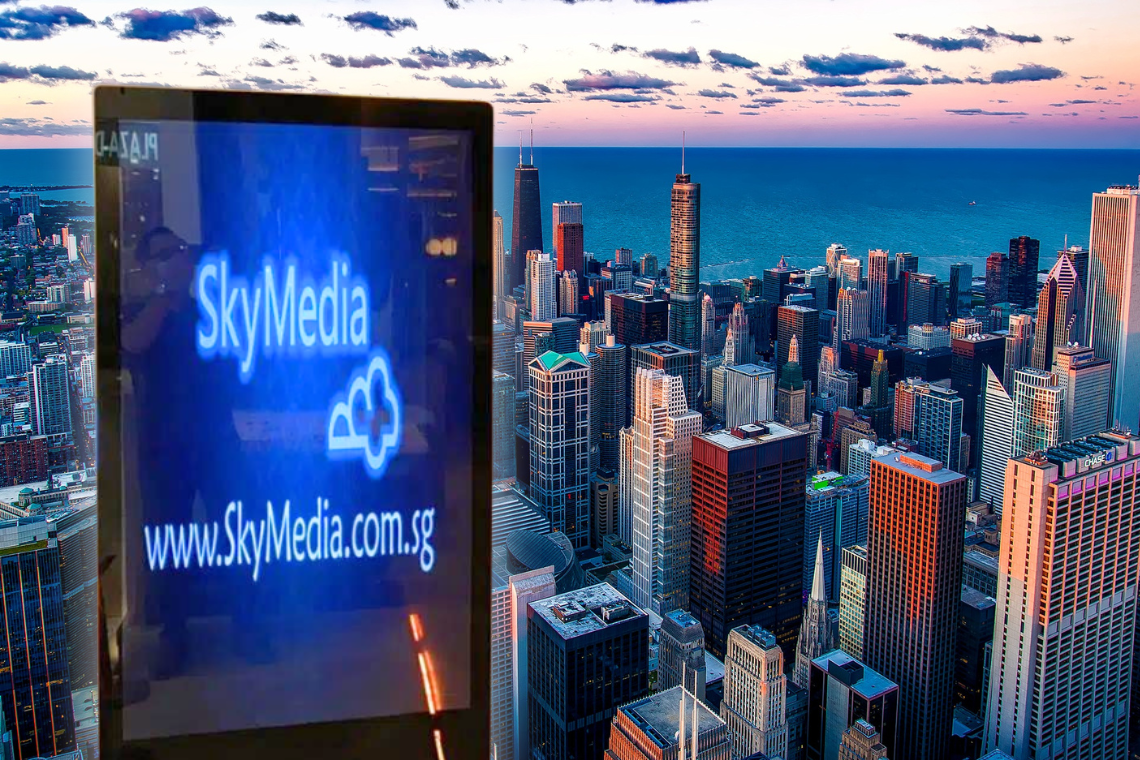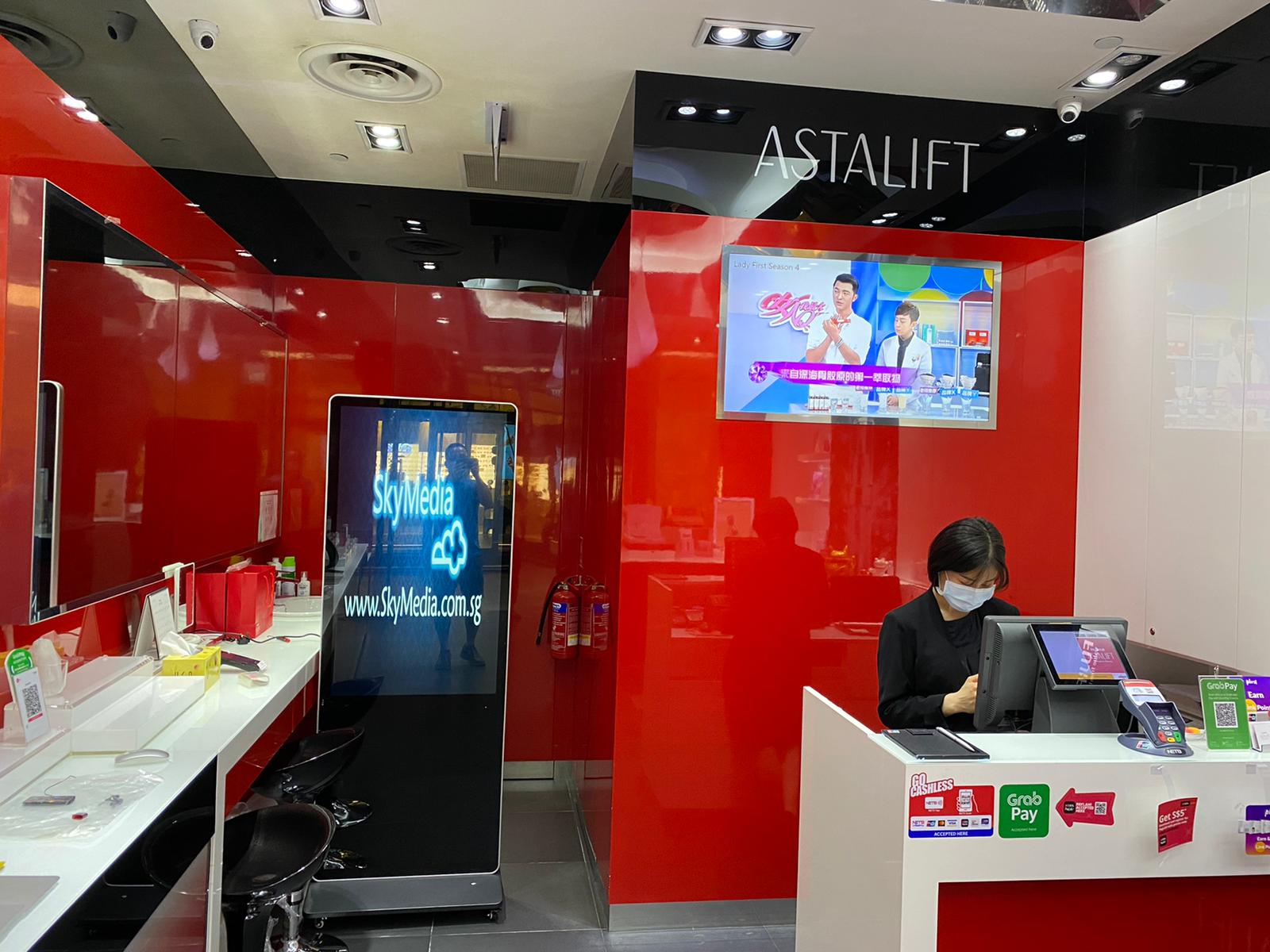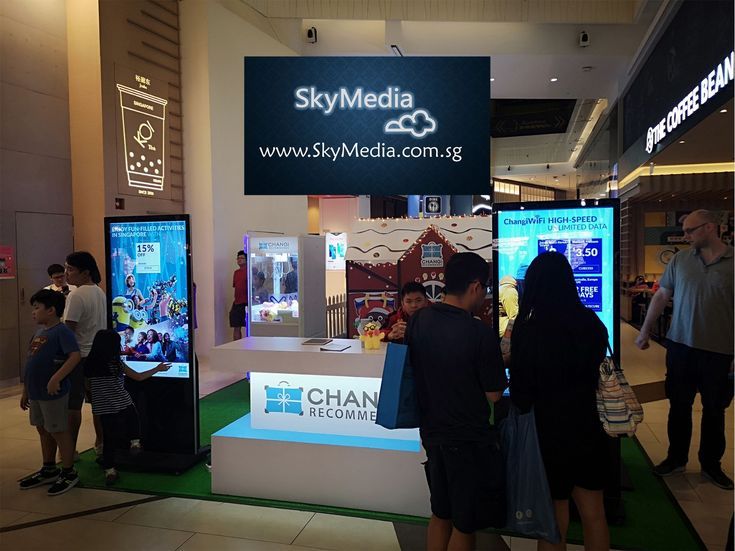In the fast-paced environment of today’s retail business, differentiation is the need of the hour. The consumers are facing an onslaught of advertisements day in and day out. Retailers in the United States have to find new ways to break through the noise and deliver their message across. Among the most influential tools that can ensure this is digital signage. The dynamic solution is changing the face of retail marketing as it allows businesses to connect with their customers in an interactive and engaging, highly customizable platform.
Why Retailers Need Digital Signage
1. Simplified Insite Update Traditional printing on signage may be slow-moving and expensive, but with digital signage, this is not the case. Retailers can easily update content regarding new offers, launching of new products, or seasonal deals. This way, messaging is current and relevant to keeping customers aware and interactive.
The digital signage makes your store much more attractive and engaging through bright, colorful graphics and interactive displays. In fact, it could be the animated video content, scrolling product images, or touchscreens-the technology will automatically draw attention and provide a more engaging shopping experience to customers. High-traffic retail locations such as shopping malls and airports significantly benefit from such dynamic displays that easily attract foot traffic.
3. Mass Personalization The exigency for personalization arises in digital marketing, especially in data-driven ways. Real-time, in-store, personalized offers and product recommendations can be displayed on digital signage integrated with customer data. Irrespective of shopping in-store or passing by, the right digital display can showcase the shopper relevant content resonating with their preferences.
Where Does Digital Signage Fit into Retailer Marketing Strategies?
1. Underpinning Omnichannel Strategies In the US, omnichannel marketing is increasingly becoming the way of life for mass merchants that seek an integrated shopping experience. Digital signage can be a good bridge between e-commerce and in-shop purchases. In turn, these include real-time online promotions as well as usergenerated content on social networking or even display interactive screens where customers can browse an extended catalog of items.
2. Influence Decisions to Buy A strategically placed digital sign in checkout counters, product displays, or window fronts will significantly influence customers’ purchasing decisions. Special offers, discounted prices, and customers testifying to your product can always create a sense of urgency that builds trust. In turn, this increased trust will lead to more sales.
3. In-Store Promotions/Point of Sale. The digital signage is an elastic point of promotion where the cross-selling and up-selling options can be optimized through highlighting complementary items or more premium products available in the stores. Dynamic digital displays make easier to execute various campaigns at a time, targeting a different customer segment with one system.
Case Studies: Success Stories from U.S. Retail.
1. Macy’s Interactive Display Through incorporation of interactive digital signage from U.S. retail giant Macy’s department store, improved shopping experiences are achieved within its various stores. It’s with the help of interactive displays of trending items, styling advice, and personal recommendation that customers flock in droves into Macy’s, yielding enhanced in-store engagement and customer satisfaction.
2. Digital Signage at Best Buy to Show Consumers Products Best Buy utilizes digital signage for product demonstrations, especially in electronic departments. Video walls and digital screens allow customers to see products in action, making the complex, as in the case of smart home devices, easy to understand and, therefore, likely to increase the conversion rates.
The Future of Retail Marketing with Digital Signage
For retailing in the competitive environment of the USA, it is survival that will depend on making use of leading edge technologies like the digital signage. In particular, digital signage stands apart from any other means of marketing because it visually grabs customers’ attention through real-time information and sends personalized messages. As such, embracing the technology will position the retailer to come out best in boosting customer loyalty and increasing sales while at the same time optimizing marketing efforts in the end.
Digital signage certainly plays an impacting role when it comes to retail marketing strategies. For USA-based retailers, less is more about just running promotions and much about achieving a seamless, interactive, and personalized experience that consumers expect. Want to boost foot traffic, drive conversions, or make omnichannel engagement easier? Check out the reasons why digital signage helps you revolutionize your retail marketing.
Ready to take your retail marketing to the next level using digital signage? Contact SkyMedia today to request a demo and discover how cutting-edge solutions will help you grow your business.






